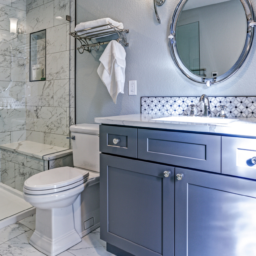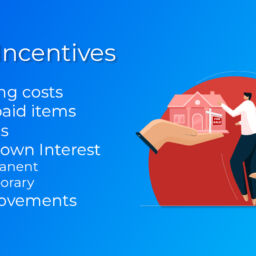As storybooks go, the character is introduced, they meet their love interest, a villain thwarts their intentions, true love overcomes, they marry and live happily ever-after. It’s a very familiar formula.
Similarly, there is a formula that couples follow in real life. They go to college, get a good job, rent a home, fall in love, get married and buy a starter home. They start a family, move into a larger home, save for their children’s education, start planning for their retirement and if they live within their means, they invest their surplus funds.
An alternative to this might be to start investing in rental homes early in their adult life before their standard of living becomes so expensive that they don’t feel like they have the money to purchase rentals. There are infinite possibilities but let’s say a single person, after getting a good job, buys a small three or four-bedroom home with an owner-occupied, minimum down payment. They move into the home and possibly, rent out the bedrooms to other singles who need a place to live.
At some point, they decide to buy another home to live in with a minimum down payment and either rent out their bedroom in the first home or rent the whole home to a tenant. And they repeat the process again with the second home.
This could continue until they acquired several homes. Let’s say, that in the meantime, they have met their love interest, decide to get married and together, they buy a starter home for them to live in.
This concept advances the investment in rental homes from the latter part of their lives to the early part of their life. The early investment gives them more time for appreciation and wealth accumulation. A simple principle of investing is that sooner is better than later. By delaying gratification to own your “dream home” early, a person may be able to accumulate more net worth in the same period of time.
Buying a property initially as owner-occupied permits a lower down payment of 3.5% compared to a typical down payment for non-owner-occupied properties is 20%. By using more borrowed funds, leverage can increase the yield on the investment.
It may be too late for some people reading this article to adopt this strategy but if they have kids in college, it may be something for them to consider.
Let me know how I can help!















